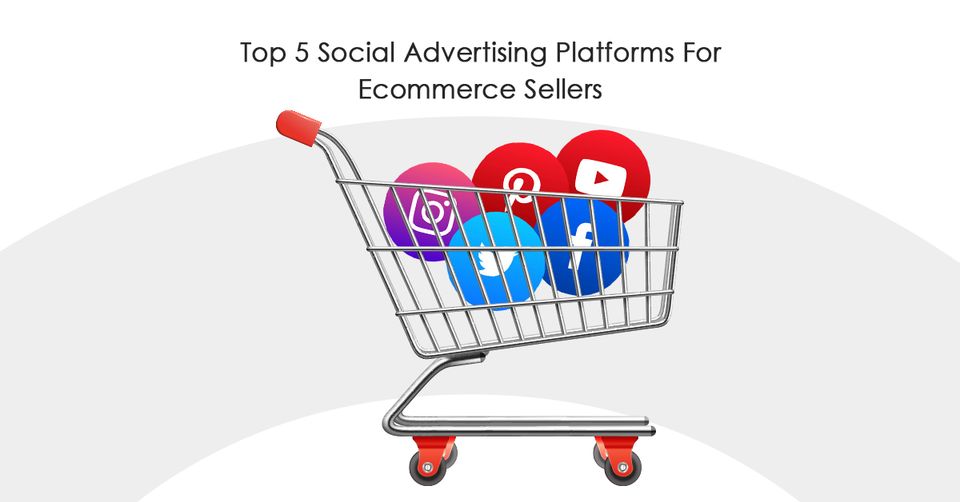When it comes to marketing, you do not want to market your brand online; you also need to return on advertising spend. There are strategies for doing so, but first, zoom outside and start deciding which ad system combination will best assist you in optimizing your store depending on your intended audience and product line.
You must implement digital platforms into one of your marketing strategies. Add social sharing icons to your online platform, for instance, so that customers can exchange the goods they like and the ones they’ve bought, and motivate social media contacts to join your mailing list.
90% of the internet users used online to purchase as of today. Ecommerce is becoming much easier because of buy now options upon many online platforms, which allows the customer to buy products visible to them while scrolling their feeds.
Consider the fact that online platforms are intended for social interaction rather than buying things. So start making use of social networks to connect with your consumers, build trust, and improve the buying experience.
You have to pick the best channel for your company. The following are a few prerequisites about the five top networks.
- Facebook Ads
Facebook is among the most focused marketing channels based on its users’ demographics, location, and interests.
In Facebook ads, advertisers can also use a variety of sources, such as images, videos, instant experiences and carousels.
Following the creation of an ad, you need to set up an advertising budget and, after that, bid for each tap or 1000 impressions received by the ad.
Retargeting campaigns with Facebook Ads is a fantastic option. It involves targeting segmented audiences and displaying content focusing on where a consumer left off during your purchase process.
- Instagram Ads
Even though Instagram ads are currently part of Facebook Ad manager, they can provide a unique and prevalent way to reach audiences who aren’t on Facebook. An Instagram ad is a sponsored post or story that tends to be a post but has been labelled. By using a call-to-action button, these ads can be seen in Instagram users’ feeds and have become a key asset of leads, conversions, and traffic.
- Pinterest Ads
Pinterest is an influential asset for current users, as 87% of its users purchased an item they found via the platform. However, it is dependent on one brand and whom they will attract.
According to a survey, 8% of e-commerce firms, primarily print-on-demand stores, use these ads to market their brand, a statistic that aligns with the app’s impact on customization.
Twitter provides users with a constant stream of new data from all around the web. Every month, it attracts millions of active users, and almost every company in the world does have an account to keep its customers informed. This business-oriented social media platform does not have the same broad appeal as Facebook, though it’s unquestionably there with the most accessible channels in the world.
Twitter is among the top social media sites for increasing brand awareness. This implies you should be precise, interacting, and educative about everything in one tweet, which is challenging to do. However, if you’re doing it properly, individuals will endorse or re-tweet whatever you’ve published, allowing you to reach a wider audience.
- Youtube
YouTube is beneficial to businesses that have online content and video advertisements. It also aids in the explanation of procedures or the demonstration of what occurs behind the sequences. Manufacturing companies, for example, can show their manufacturing procedure to improve credibility with their consumers. Video clips must not exceed 1.5 minutes in length.
Facebook Ad Manager is used by 49% of e-commerce retailers as a social ad platform. While Instagram and Facebook are by far the most popular online ad channels for e-commerce vendors, there are many other rising channels worth spending to increase leads and revenue.
Even if you’re a part of one or more of these channels, it’s worthwhile to delve into a little greater depth. Social media isn’t going aside, but it is only getting more critical for e-commerce.
The best approach is to select a few noteworthy ad platforms based on your target market’s interests. Then concentrate on obtaining your aiming messages and ads just right to maximize your return on investment and increase your revenue.
























